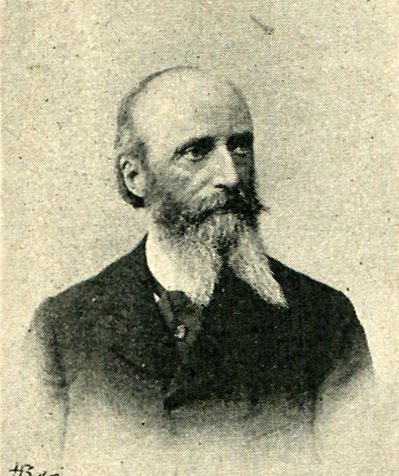Charles-Auguste Lebourg
| Charles-Auguste Lebourg | |
|---|---|
 |
|
| Born | 20 February 1829 Nantes, France |
| Died | February 1906 (age 77) Paris, France |
| Known for | Sculpture |
| Notable work | Wallace fountains |
| Patron(s) | Richard Wallace |
Charles-Auguste Lebourg (20 February 1829 – February 1906) was a French sculptor, best known for the sculptural design of the Wallace fountains, which are found in virtually every quarter of Paris and in various cities throughout the world. He also created numerous statues and busts in bronze and marble, winning recognition at various Salons and World's Fairs throughout the latter half of the nineteenth century. His work is on display at the Musée d'Orsay in Paris and the Fine Arts Museum in Nantes, as well as various parks and cemeteries in France.
Lebourg was born in Nantes, the son of Auguste François Lebourg and Hyacinthe Virginie Langlair. He studied drawing and sculpture under Nantes sculptor Amédée Ménard (ca. 1805–1873). In 1851, he moved to Paris, where he continued studying sculpture under François Rude. Lebourg first exhibited at the Paris Salon in 1852, displaying a marble bust of a doctor.
Lebourg's bronze work, Enfant nègre jouant avec un lézard ("Negro child playing with a lizard"), debuted at the Paris Salon of 1853, and won honorable mention at the city's Exposition Universelle two years later. He exhibited a bronze statue of a bagpipe player at the Salon of 1857, and his marble work, Gallic Victim, won a medal at the 1859 Salon. For the 1867 Salon, Lebourg exhibited a terra cotta work, Games of Love. He won a medal the following year with a marble statue, L'enfant à la sauterelle. Lebourg's 1883 Salon entry, Le Travail, was originally a plaster statue that was later cast in bronze. During this same period, Lebourg provided decorative work for additions to the Louvre, the Church of the Holy Trinity, and the Hôtel de Ville (Paris's city hall).
...
Wikipedia
